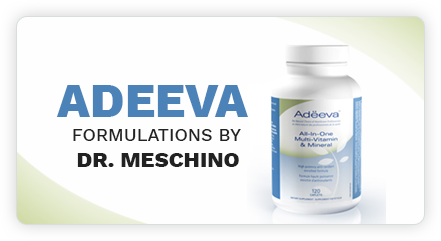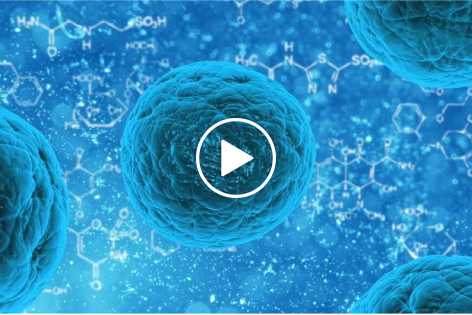
LMU 63 – Boosting Heart Health with Almonds: Unveiling the HDL Cholesterol Connection
Source: Journal of Nutrition (August 1, 2017)
Lifestyle Medicine Update (August 19, 2017)
Introduction:
In the realm of heart health, cholesterol levels play a pivotal role. Elevated levels of LDL-cholesterol, commonly known as the “bad cholesterol,” can pave the way for artery narrowing, culminating in heart attacks and strokes. A groundbreaking study, published in the *Journal of Nutrition* on August 1st, 2017, set out to illuminate a path towards healthier cholesterol profiles. This study, focused on 48 participants with elevated LDL-cholesterol, delved into the contrasting effects of consuming almonds versus banana muffins as a daily snack. The research offers intriguing insights into the potential of almonds to bolster HDL-cholesterol, the “good cholesterol,” and contribute to overall cardiovascular well-being.
A Tale of Two Snacks: Almonds vs. Banana Muffins
The study participants were divided into two groups, both adhering to identical diets except for the daily snack they consumed. One group was assigned to an “almond diet,” wherein they consumed approximately a handful of almonds each day. In contrast, the second group partook in the “control period” where they were provided with a banana muffin as their daily snack. After six weeks of muffin consumption, the participants transitioned to the almond diet for another six weeks.
Surprising Discoveries: Almonds and HDL Cholesterol
The researchers unearthed a compelling connection between almond consumption and HDL-cholesterol. While prior research has established almonds’ ability to lower LDL-cholesterol, the impact on HDL-cholesterol had not been extensively studied. The study illuminated a significant improvement in HDL levels and function among participants on the almond diet, particularly among those within the normal weight range.
HDL Cholesterol: The Cholesterol Vacuum Cleaner
HDL-cholesterol serves as a remarkable defender against cardiovascular risks. Functioning as a “vacuum cleaner,” HDL picks up cholesterol that has accumulated in artery walls and transports it back to the liver. This process effectively reverses artery narrowing, reducing the likelihood of heart attacks and strokes. The interplay between HDL and LDL cholesterol levels significantly influences cardiovascular risk; higher HDL levels coupled with lower LDL levels equate to a more favorable risk profile.
As HDL accumulates cholesterol, it grows larger, analogous to a garbage bag that gradually fills with waste. Once laden with cholesterol, HDL transports this “garbage” back to the liver, where it can be processed and eliminated from the body. Notably, the observed rise in HDL and improved HDL function was evident solely in participants within the normal weight range.
Overweight Dilemma: Almonds vs. HDL Cholesterol
The study offered a sobering insight into the impact of almonds on HDL-cholesterol levels among overweight individuals. The benefits observed among normal weight participants did not translate to those who were overweight. This finding aligns with existing knowledge that excess body weight reduces the synthesis and release of HDL from the liver. Moreover, the study underlines the importance of weight management and aerobic exercise in optimizing HDL levels, as exercise not only increases HDL but also aids in shedding excess body fat.
Almonds: An Ally for Heart Health and Weight Management
For those at an ideal weight and already engaging in regular exercise, the inclusion of a handful of almonds in their daily diet may offer an extra boost to HDL levels. Furthermore, replacing a muffin with almonds not only contributes to improved HDL but also facilitates gradual body fat loss over time. Once excess body fat is shed, the potential for further elevation of HDL levels through almond consumption becomes evident, yielding a highly desirable outcome.
The Quest for Ideal HDL Levels
Understanding the significance of HDL cholesterol levels helps in setting health goals. The following ideal HDL blood levels are recommended:
- Men: Above 1.17 mmol/L (45 mg/dL)
- Women: Above 1.42 mmol/L (55 mg/dL) – women generally exhibit slightly higher HDL levels.
A Symphony of Nut Power: Almonds and Walnuts
The study adds to the growing body of evidence supporting the role of almonds in heart health. However, it’s important to note that walnuts have also shown promise in preventing heart disease. Combining the benefits of almonds and walnuts may offer a robust strategy for cardiovascular well-being.
Conclusion: Elevating Heart Health with Almonds
As the pages of research unfold, almonds emerge as a formidable contender in the realm of heart health. Their potential to enhance HDL-cholesterol levels and function sheds light on a pathway that can be harnessed for cardiovascular well-being. With this newfound knowledge, individuals can embark on a journey of heart health empowerment, embracing almonds as a delectable tool to bolster their defence against heart disease.
Reference
Berryman CE, Fleming JA, Kriss-Etherton PM. Inclusion of almonds in a cholesterol-lowering diet improves plasma HDL subspecies and cholesterol efflux to serum in normal-weight individuals with elevated LDL cholesterol. Journal of Nutrition. August 1, 2017. Vol 147, No 8:1517-1523.
- https://www.sciencedaily.com/releases/2017/08/170811134918.htm
- http://jn.nutrition.org/content/147/8/1517

Dr. James Meschino
ABOUT THE AUTHOR
Dr. James Meschino, DC, MS, ROHP, is an educator, author, and researcher having lectured to thousands of healthcare professionals across North America. He holds a Master’s Degree in Science with specialties in human nutrition and biology and is recognized as an expert in the field of nutrition, anti-aging, fitness, and wellness as well as the author of numerous books.











